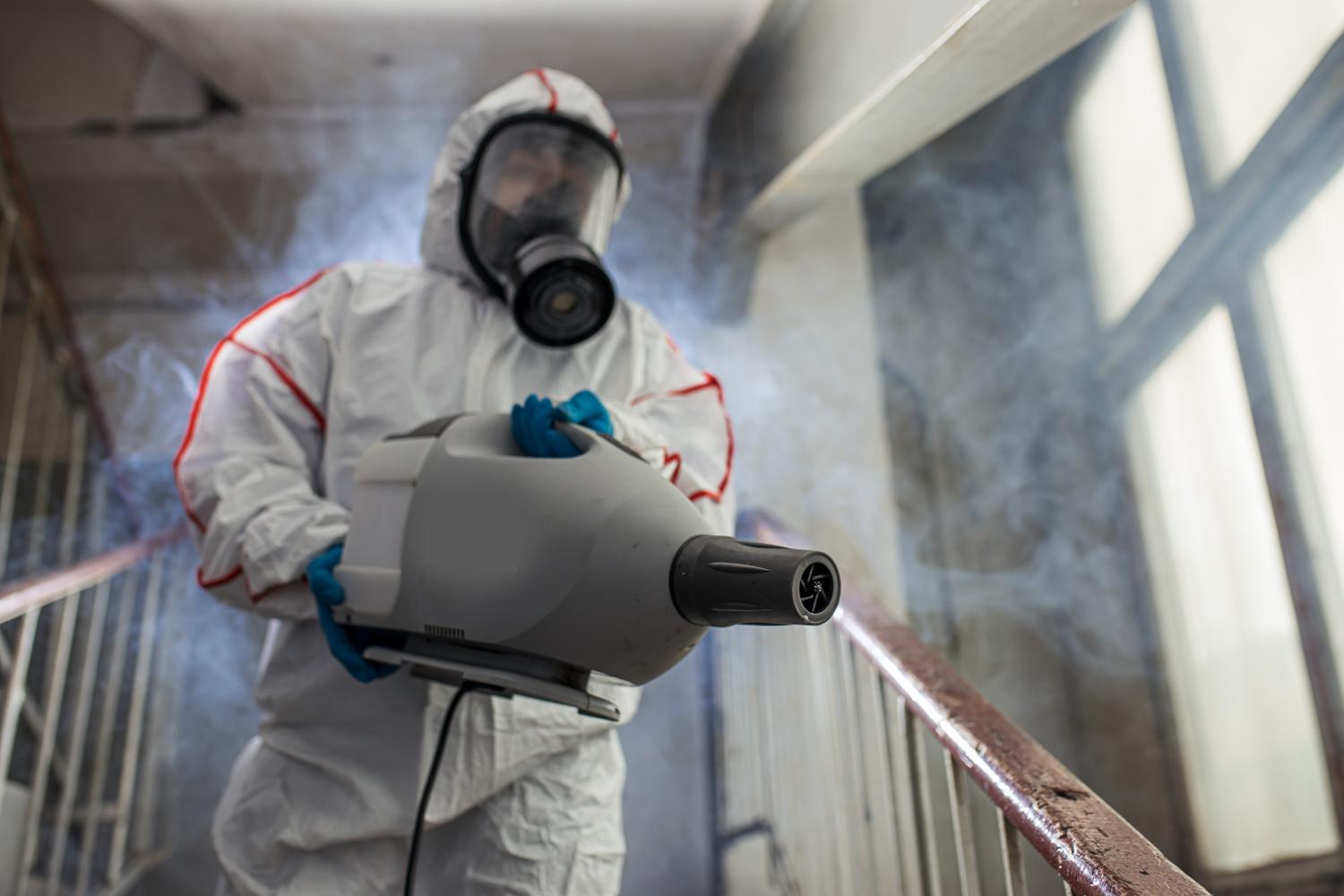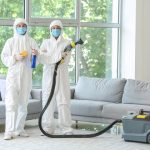
7 Crucial Tips For Safely Cleaning Up Biohazards
When a biohazard situation arises, it can feel overwhelming. This guide is written like a personal review from someone who has been through it all. The goal is to share useful tips and honest advice that feels friendly and caring. Everyone deserves to feel safe when handling a difficult clean-up, and these tips aim to help make the process as simple and secure as possible.
The journey to a safe clean-up starts with understanding the risks and knowing that small steps can lead to a big difference. Every situation is unique, and the advice here comes from real-life experiences. This post is full of clear, simple language meant for everyone—even young readers can follow along. Let’s explore these 7 essential tips together, and remember that every step taken towards a safe clean-up is a win for your home and health.
1. Know The Dangers And Risks
Understanding what you face is the first step in any clean-up process. Before starting any work, it is important to learn about the potential dangers that may lurk in a biohazard situation.
What Does It Mean To Face A Biohazard?
Biohazard materials can come from various sources, such as blood spills, chemical leaks, or other dangerous substances. The risk isn’t just about a mess—it can affect health. Knowing the risks means recognizing that when cleaning up biohazard materials, extra care must be taken to protect both people and pets.
Simple Safety Tips
- Stay Informed: Read easy guides or ask experts about the hazards in your area.
- Plan Ahead: Make a list of safety supplies and protective gear before starting.
- Keep Calm: Approach the situation slowly and carefully.
Understanding the risks can make a huge difference. A little preparation now can prevent bigger problems later.
2. Equip Yourself With The Right Tools
Having the proper tools and protective gear is like having a superhero’s costume in a dangerous mission. Without them, even a small hazard can become a major issue.
Must-Have Gear
It is important to have items like gloves, masks, and coveralls. These protect the skin and lungs from harmful substances. Tools like disinfectants, absorbent pads, and special cleaning agents are also a must.
Benefits Of Good Equipment
- Safety First: Proper gear reduces the chance of injury or infection.
- Efficiency: The right tools make the work easier and faster.
- Peace of Mind: Knowing you are protected helps keep anxiety low.
Gather all your equipment before you start. This way, clean-up will be safer and smoother.
3. Create A Safe Zone For Cleanup
A safe environment is key to protecting everyone involved in the clean-up process. Setting up a secure area helps contain the hazard and stops it from spreading further.
Steps To Set Up A Safe Zone
- Clear the Area: Remove any items that might get in the way.
- Block Off the Area: Use tape or signs to warn others not to enter.
- Ventilate if Needed: Open windows or use fans to reduce any harmful smells.
Keep It Organized
A clear, organized space lets you focus on the task at hand. When the area is safe and tidy, there is less stress and fewer chances for accidents.
Taking these steps to secure the environment is a crucial part of protecting everyone’s health.
4. Know When To Call In Expert Help
Sometimes the best choice is to reach out to professionals who know exactly how to handle these tricky situations. Not every hazard can or should be tackled alone.
Recognizing The Signs
If the situation feels too risky or complicated, it is best to step back. When the hazard is beyond a simple spill or accident, help from trained experts is needed.
Professional Support
In many cases, trusted local companies offer Professional biohazard cleaning services. These experts know how to handle biohazard materials safely. They use special tools to do it effectively.
Questions To Ask Experts
- What methods do you use for cleaning?
- How do you ensure safety for everyone involved?
- What steps do you take for proper disposal?
It is always a good idea to contact a professional when you are not sure how to handle a situation. Their experience can save time and prevent further problems.
5. Act Quickly In Critical Situations
When accidents happen, acting fast can make a big difference. Quick action helps reduce the spread of dangerous materials and keeps risks at bay.
Why Speed Matters?
Delay can mean that harmful substances have more time to affect the area. In urgent cases, fast response is crucial for minimizing danger.
A Real-World Tip
There are times when an unexpected spill or injury happens. In those moments, experts in Emergency biohazard cleanup are there to assist immediately. Their quick response can help turn a potentially hazardous situation into a manageable one.
Keep a Step-by-Step Plan
- Assess: Look at the situation quickly and decide if it is safe to handle alone.
- Secure: Immediately cordon off the area.
- Call for Help: If needed, contact professionals right away.
Acting with speed and care can make a big difference in critical moments.
6. Dispose Of Waste The Right Way
After the hazard has been removed, how the waste is disposed of is very important. Improper disposal can lead to future risks or environmental harm.
Best Practices For Disposal
- Separate Materials: Sort the waste into different types if possible.
- Follow Guidelines: Always use proper methods as recommended by experts or local authorities.
- Use Trusted Services: Rely on reliable disposal services to handle hazardous materials.
Trusted Disposal Options
Many communities have special services for dealing with dangerous waste. For instance, there are providers offering bio waste cleaning services that safely remove and dispose of harmful substances. This helps keep the environment safe and reduces the chance of further contamination.manageable.
7. Keep Learning And Improving
Every clean-up experience, no matter how challenging, teaches valuable lessons. Learning from these experiences can help build confidence and make future clean-ups safer and easier.
Embracing The Learning Process
Take time to reflect on what went well and what could be improved next time. This way, every experience becomes a chance to learn something new about safety and efficiency.
Tips For Continuous Improvement
- Review the Process: After each clean-up, think about which steps were the most helpful.
- Ask for Feedback: Chat with experts or even friends who have been through similar experiences.
- Stay Updated: New products and techniques are always emerging, so it is a good idea to read up on the latest safety tips.
Building A Safe Future
A little bit of learning goes a long way. Even small changes in how things are done can make a big difference in safety and effectiveness. This approach not only helps with immediate clean-ups but also builds skills that are useful in everyday life.
Final Reflections On A Safer Tomorrow
Handling a biohazard situation can be scary at first. However, by following these 7 essential tips, a safe and effective clean-up is within reach. Each step is important for a safe environment. Knowing the risks, getting expert help, acting quickly, and disposing of waste properly all matter.
Taking care of biohazard issues isn’t just about cleaning a mess; it’s about protecting lives and ensuring that everyone feels safe. Real experiences show that when things get tough, staying calm and informed can make a dangerous situation manageable.





Leave a Reply